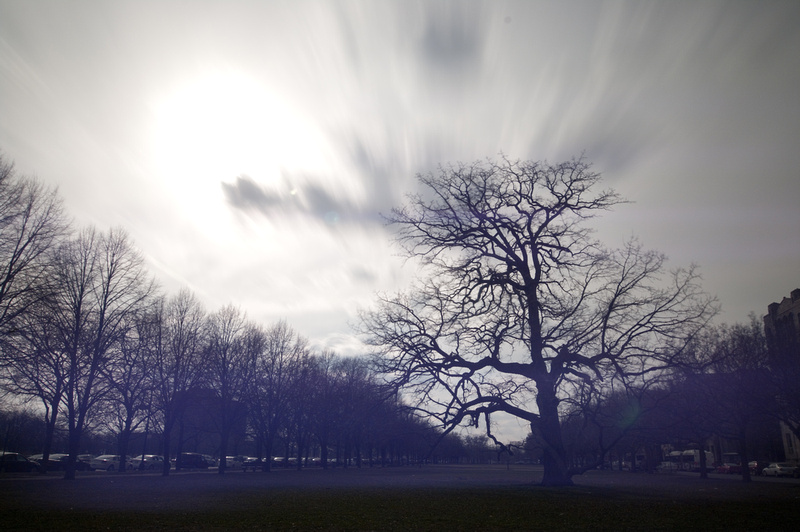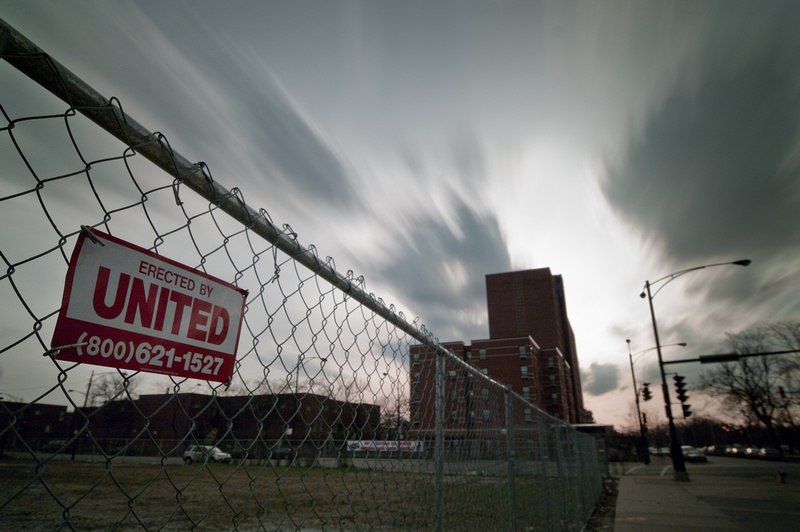Yeah, always worth trying - it's fun to experiment.
Bottom line for me was that circular ring in the image that I always got below 15mm or so - ie in those tests above. If you're pointing anywhere near the sun (ie even 135 degrees away in the other direction) I'd still get it, regardless of the amount of blacking material and hood I surrounded the setup with. That was the real dealbreaker. In low light it's redeemable on anything below 15mm.
The astrofoil has interesting properties. When I look at the histogram produced by it, it is very sharply defined. The whole thing only covers 1/2 the width of the histogram, so there's a lot of stretching to do in there. This almost forces you to ETTR as far as you can but that adds issues of its own.
I'm sure that I'll end up using some of this stuff for the sun though, and it's in my bag as a backup. Fun fun fun

Last note for anyone trying this in the future, the best way to make a filter with this stuff is actually to use one of those cokin square filter metal mount things. It has the thread and is the perfect flanged shape to use with doublesided tape and black insulation tape.


 Similar Threads
Similar Threads 


 . Not being funny though, what I'm after is an ND solution that'll give me really good strong colour. Accurate colour!
. Not being funny though, what I'm after is an ND solution that'll give me really good strong colour. Accurate colour!























